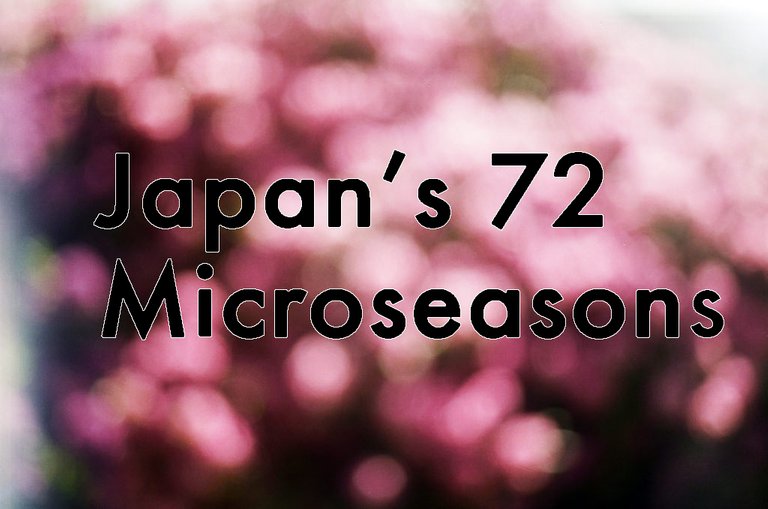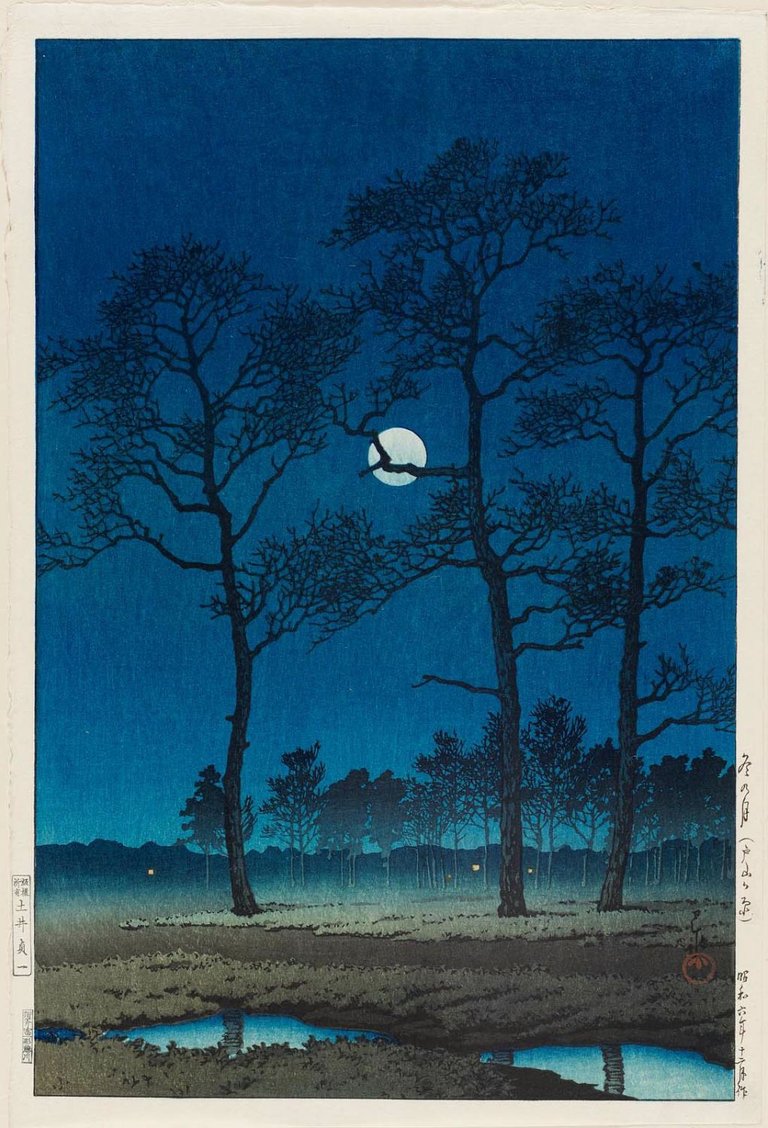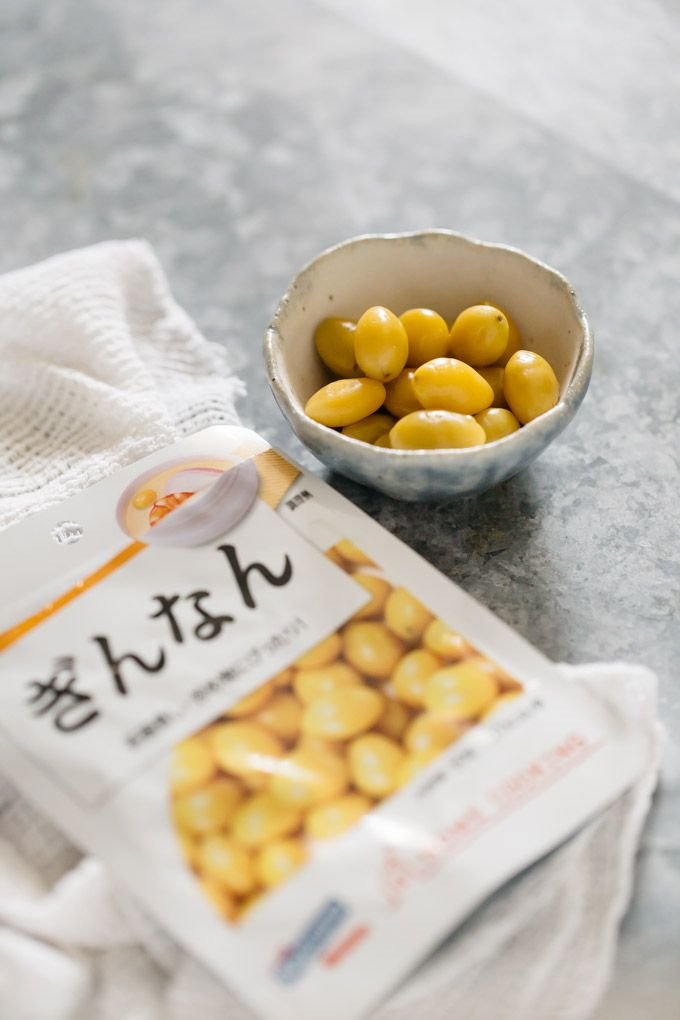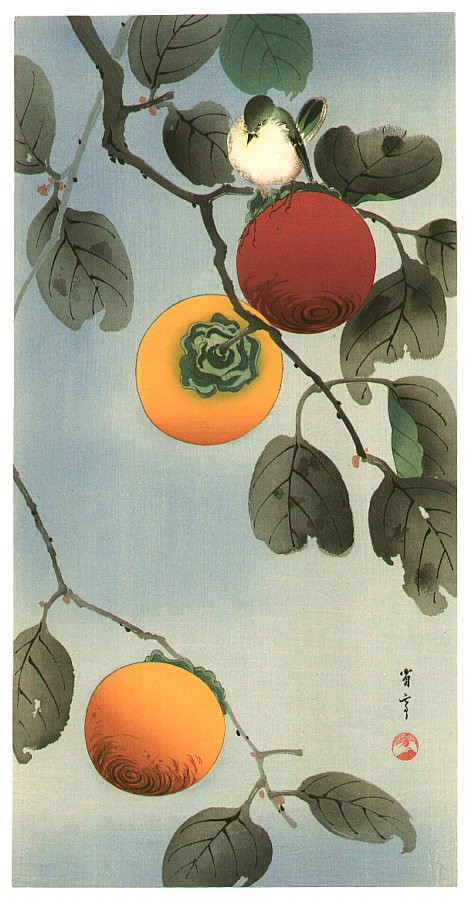Microseason Forecast for Nov 12-16 ~ Notes from the Japanese Almanac

It's a new microseason! If this is your first time joining us, scroll down past the forecast to read about what exactly a microseason is. For the rest of you, let’s jump in!
The Current Microseason: The Ground Starts to Freeze
Yesterday, Nov 12th, began 地始凍, the 56th microseason (候, kō) which is read chi hajimete kōru and means the ground starts to freeze. This is the second microseason of rikkō, which is itself the first solar term of winter.
As the name says, this is when it is getting cold enough that the ground is beginning to freeze. It is getting colder and colder at night, telling us winter is right around the corner. There are a greart many haiku kigo for this season involving “(something) freezes”.

Seasonal Vegetable: Ginkgo Nuts
This is the time of the beautiful yellow ginkgo leaves, and it is also time for their nuts. If you’ve ever been around nuts that are laying under the ginkgo tree, you know they have an extremely bad smell. But if you bury them for a while the nasty flesh becomes easier to remove, and the nut inside is delicious. There are many seasonal dishes that use ginkgo nuts. They are said to be very healthy, though we shouldn’t eat too many at once. They are rich in many of the B vitamins and in minerals like copper, magnesium, zinc, and selenium.
They look nice too, having a nice yellow color.

Seasonal Fruit: Persimmons
Ah now here we go. Nothing says winter is coming like the persimmons coming out. Persimmon trees used to be a traditional tree that nearly every house had planted nearby. These days it is less common, but you can still see many trees in a neighborhood. I have know an older couple that had so many, they give me several bags full of persimmons every season. These things are packed with vitamin C and taste great either on their own or cooked as a part of some dish.

Here is a haiku for this microseason:
sanzen no haiku wo kemishi kaki futatsu
haiku to look through
Two persimmons
—Shiki
Shiki edited haiku for a newspaper at one point. It was here that he would make a name for himself with his criticism of Bashō and pieces on the poem form itself. His articles on haiku became so influential that he was responsible for renaming the short verse from their previous name hokku to haiku. Here he is promising himself a reward if he can finish his work. Do you think he had the willpower to avoid eating one or both until he finished?
The kigo here is kaki, persimmon. It is a kigo for late autumn, which is a few weeks before now, but still works well for this time when we are still harvesting and enjoying the fresh fruit.

Will move this info to another post one of these days, but for now, briefly:
- Each month has two seasons, called solar terms (節気, sekki), giving us a total of 24 seasons. This gives the system its name, the 24 Sekki (二十四節気). I usually refer to this entire system as The Japanese Almanac. It is more than a little similar to the American Farmer’s Almanac.
- Each of these 24 seasons is further subdivided three more times, giving us a grand total of 72 seasons, or microseasons (候, kō).
- Each microseason is about 5 days. With time periods so short, they can get pretty specific about what in nature we might expect to be happening around now.
- The system was originally from China, but it was reformatted during the Edo Era (1603–1868) to fit better with Japan’s climate. I find it also fits fairly well with much of the Midwest in the Eastern half of the US. But if you live in a different area, your milage may vary.
- The entire system is based on the equinoxes and solstices, so it is fluid and the exact dates will vary by a day or two from year to year. Luckily there are a great many Japanese sources that do the astrological computations for us and tell us exactly when each one starts and ends every year.

The next microseason starts on Nov 18th. See you then for the next forecast!
This post has received a 100.00% upvote from @fambalam! Join thealliance community to get whitelisted for delegation to this community service.